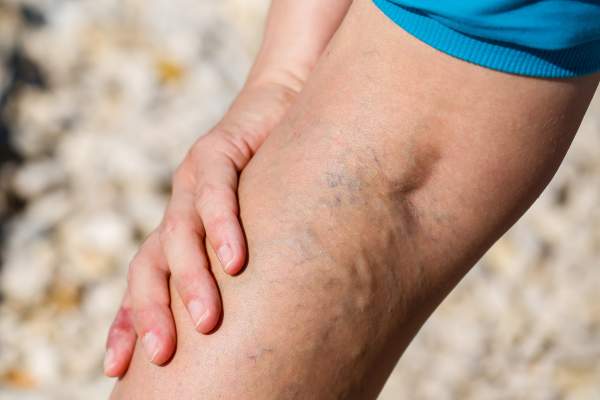Endovenous Laser Ablation AVLA was developed by three specialists following a conversation at a venous gathering back in 1998. These were: Dr Luis Navarro and Dr Robert Min from the USA and Dr Carlos Boné from Spain From their work, it turned out to be exceptionally clear that when you heat a vein with adequate energy to obliterate the vein, it at that point shrinks away. This permitted no blood to return down the vein as the vein was currently shut, similarly that no blood returns down the vein at first after the vein has been stripped out. The consequence of this implies that every one of the conditions related with varicose veins like skin inflammation, thrombophlebitis and leg ulcers were monitored.
From this underlying investigation numerous new lasers have been created, with new frequencies, various kinds of filaments ading the manner by which laser energy is conveyed and new procedure to utilize them.
Despite the fact that there are numerous choices now available, the fundamental strategy stays reliable:
Utilizing ultrasound for direction, a needle is embedded into the vein. A wire is then gone through the needle and into the vein. A long cylinder is then disregarded the wire laser treatment for varicose veins the wire eliminated. This leaves the cylinder set up inside the vein which can be effectively envisioned utilizing the ultrasound. This is known as the seldinger strategy and is generally utilized in intra-vascular methodology.
At the point when the veins is being dealt with the temperatures can ascend to 700 degrees Celsius; so to diminish the exchange of warmth into the encompassing tissues an answer of weaken nearby sedative is conveyed around the vein. This is classified bloated sedation.

When the distended sedation is set up the laser fiber would then be able to be progressed down the cylinder and into the vein under ultrasound direction. The fiber is then precisely situated, again utilizing the ultrasound, about 2cm underneath the level of the sapheno femoral intersection, while treating the extraordinary saphenous.
The laser is then terminated and the sheath with the laser fiber projecting 2cm out of the finish of the sheath pulled down the vein at the right speed, normally somewhere in the range of 5 and 6 seconds for each centimeter to deliver energy in the locale of 60-80 joules for every cm of vein.
Exploration shows that with this measure of energy the vein is obliterated and restricts the measure of wounding and torment present operatively on the patient. The body then re-courses the blood through veins that are working effectively.
One of the principle benefits with this strategy over the regular stripping out of the vein, is that on the grounds that the vein is shut in situ and not eliminated it is highly unlikely in which the vein can re-develop. The proteins in the mass of the vein has been denatured utilizing the laser energy thus the body’s own guard component does not perceive the vein as being important for its own framework and the white platelets tag along and obliterate the vein until it has totally gone.
Endovenous laser treatment of the vein permits patients to be treated on the NHS or in a private setting, as a stroll in – leave treatment, with the entire technique requiring around 1 hour beginning to end and the patient leaving with simply a pressure loading on to help mending.
One of the furthest down the line laser’s to hit the market is the Fotona XP 2 which is a QCW Nd: YAG laser that can create top forces past 5Kw, guaranteeing the best proficiency. The benefits the Nd: YAG laser has over the diode lasers is that it finds some kind of harmony in its assimilation in different body chromophores, permitting it to be securely, viably and productively utilized in various strategies including endovenous laser removal.
